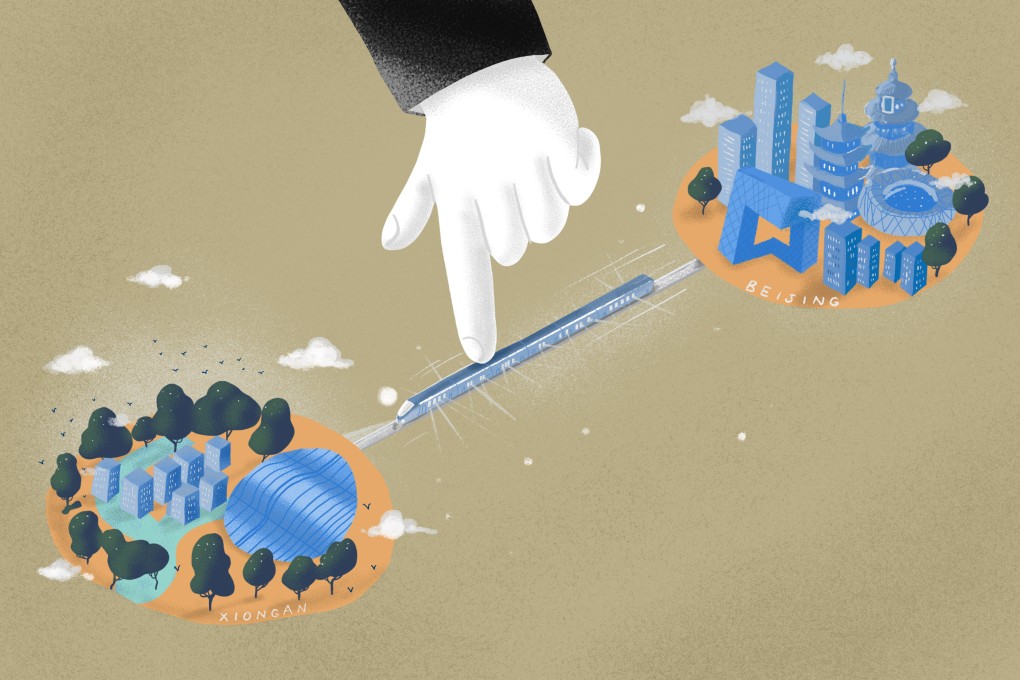Advertisement
Can China’s ‘city of the future’ Xiongan really convince people to swap Beijing life?
- Advocates say the site 100km south of Beijing has a lot of potential, but empty streets and buildings suggest this is yet to be realised
Reading Time:5 minutes
Why you can trust SCMP
17

Sylvie Zhuangin Beijing
Ever since China launched the Xiongan New Area seven years ago, a burning question has been hanging over the project: will it become the futuristic “modern socialist city” touted by the top leadership, or just an expensive ghost town predicted by the sceptics?
Advertisement
The city, about 100km (60 miles) south of Beijing, was designed to reduce population pressure on the capital and speed up development in the surrounding province of Hebei and neighbouring mega-port of Tianjin.
It will not be completed until 2049, but has already attracted around 670 billion yuan (US$93 billion) in investment, and the leadership reaffirmed their commitment to the project during last month’s third plenum, a key economic policy meeting.
The site, which was an open plain dotted by rivers and wetlands and home to a small rural community a decade ago, is now fully connected physically and digitally to the rest of China.
According to official records, about 200 state-owned enterprises have set up subsidiaries in the city, and a number of universities in Beijing have plans to set up campuses there.
Advertisement
A recent visit to Xiongan, which is less than an hour ride from Beijing by high-speed train, confirmed that much of the urban hardware is already in place, with office buildings, residential blocks, public transport, schools and kindergartens, shops and restaurants all up and running.
Unlike most major cities in China, there are no skyscrapers, underground passes or overhead walkways.

Advertisement